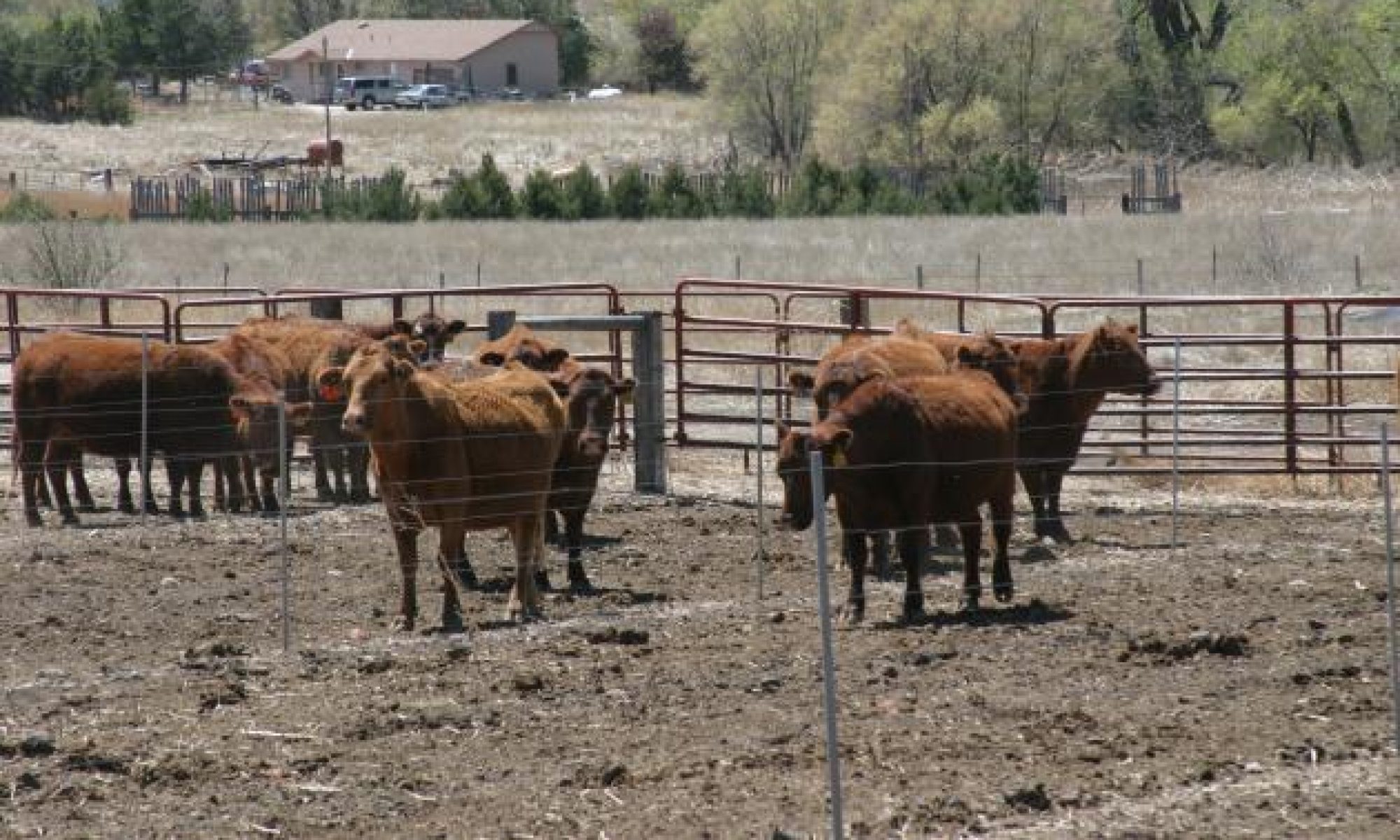Oat pastures have increase in popularity in recent years as one way to reduce problems from drought. Oat pastures can be long lasting and productive, but also disappointing at times. While we don’t know all we need to know, here are a few grazing recommendations that will help you succeed.
Oats grows rapidly. Once it gets five or six inches tall, it quickly can shoot up to a foot tall in almost no time. As nice as this sounds, once oats gets that tall it may not stool out, tiller, and regrow after grazing very well. So it’s important to start grazing early and to graze hard enough to keep your oats vegetative and leafy, thereby stimulating it to constantly form new tillers.
So how early is early? That’s hard to say, but if we start to first graze when oats get six to eight inches tall and remove about half the growth it will recover rapidly and tiller well.
After this first grazing to stimulate tillering, keep oat regrowth between six and sixteen inches tall using either continuous or rotational stocking. Begin with a light stocking rate, about one animal every two acres. Then adjust animal number as oat growth changes. Don’t worry if a few plants head out. They might form seed that can naturally replant more pasture for fall grazing. But if many plants get tall and approach the boot stage, either plan one last hard graze-out grazing or consider cutting for hay.
